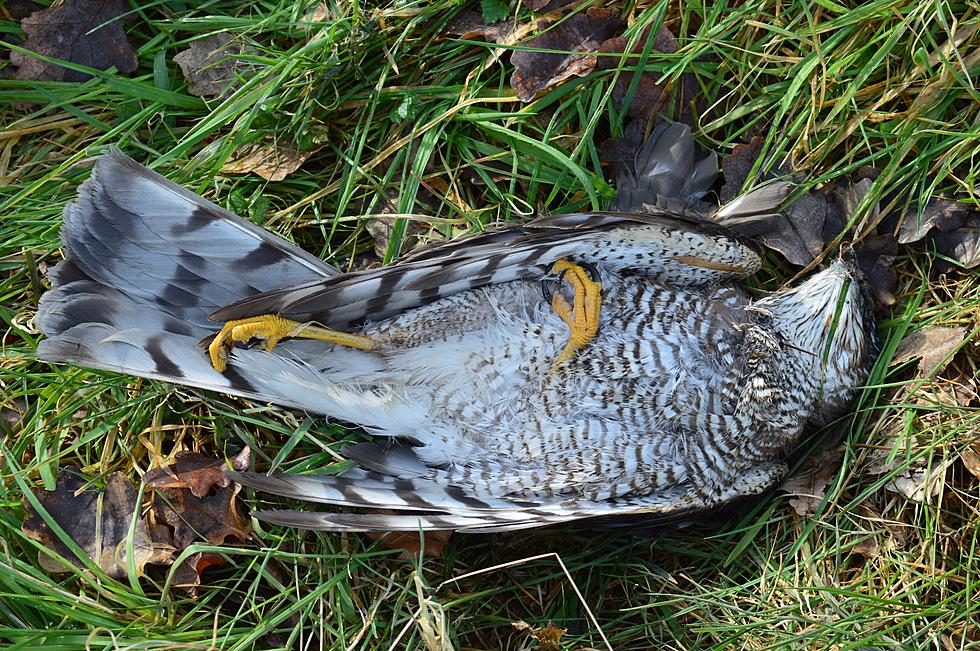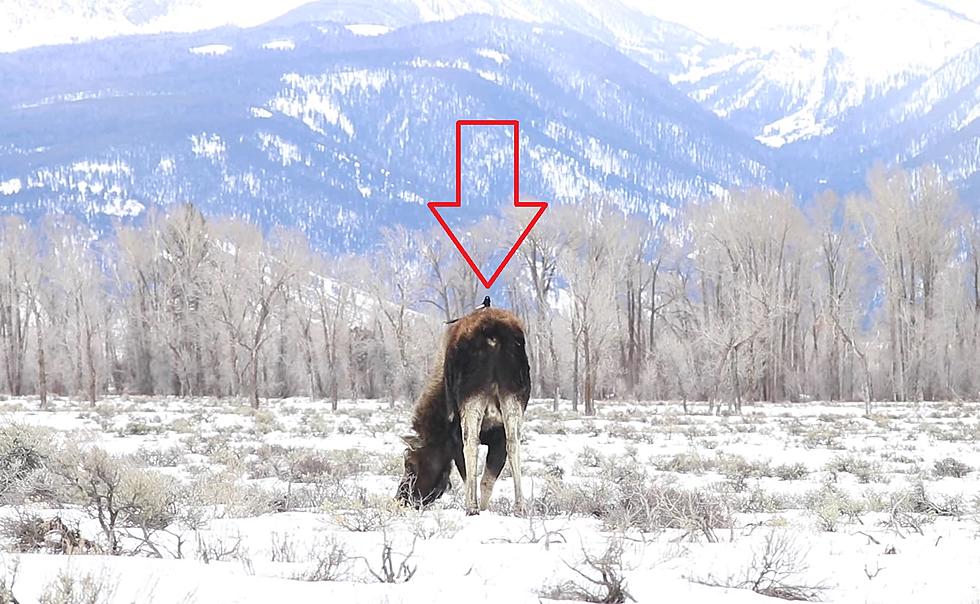
It’s Miller Time! Birds are Going Crazy in The Intersections!
Have you noticed any birds going nuts in the intersections?
Around this time each year, you'll notice while you're stopped at a traffic light, birds are swooping and diving, up, across and down, chasing miller moths that are attracted to the bright lights.
When the weather warms up, the millers migrate to cooler locations in the higher elevations. They are also looking for flowering plants. Areas close to the mountains receive moths that may have migrated well over a hundred miles en route to summer feeding sites.
‘Miller moth’ is the term given to any type of moth that is abundant in and around homes. In Colorado and much of the Rocky Mountain west, the common ‘miller’ is the adult stage of the army cutworm, Euxoa auxiliaris. In some years it becomes a serious nuisance pest, particularly during its annual migration from the plains to the mountains in late spring.
Army cutworm moths have a wing span of 1.5 to 2 inches. It is generally gray or light brown with wavy dark and light markings on the wings. The wing patterns of the moths are variable in color and markings, but all have a distinctive kidney-shaped marking on the forewing.
Don't be surprised if when you open your house or car door, several millers come flying out, they like to hide out in shady, tight spaces until sundown.
If you end up with millers in your home, the best way to remove the moths is to swat or vacuum them or attract them to traps. An easy trap to make is to suspend a light bulb over a bucket partially filled with soapy water. Moths attracted to the light often will fall into the water and be killed. (If this is attempted some wetting agent, such as soap or detergent, must be added or many moths will escape. Also, there are obvious dangers when bringing water and electrical equipment in close proximity and great care should be given to the situation. This includes use of a GFI receptacle for safety.)
More From 101.9 KING-FM









